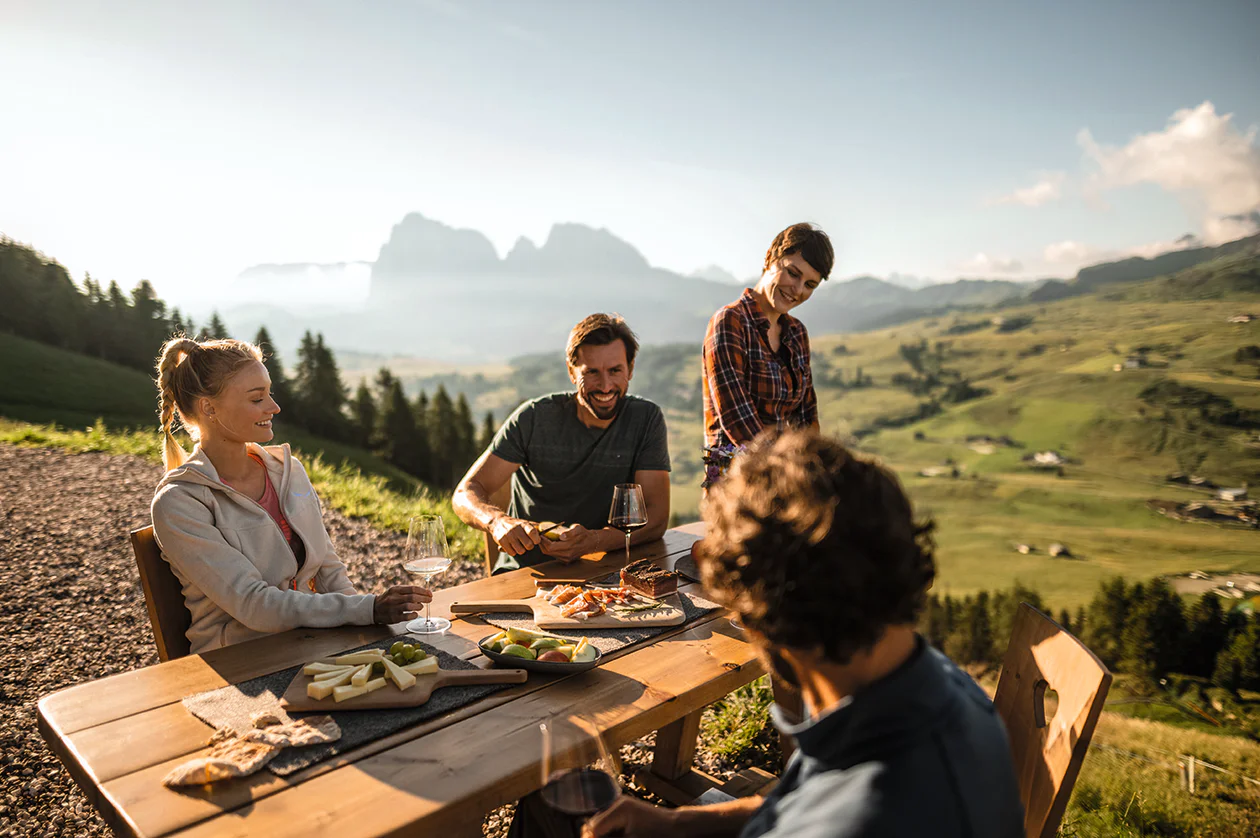Es gibt keinen Ort in Südtirol, in dem keine Kirche steht: Christlich geprägt, gibt es hierzulande eine große Dichte an Kirchen und Kapellen, Klöstern und Abteien, die ältesten davon bereits aus der frühchristlichen Zeit. Entlang viel frequentierter Wege, die bereits im frühen Mittelalter als Verbindung zwischen Nord und Süd dienten, entstanden Kapellen als Schutz für Reisende, Hospize und Kommenden für Ritterorden. Dazu kamen Klöster auf dem Land und in Städten, größere Kirchen und Kathedralen. Heute sind weit über 250 Kirchen erhalten und zugänglich. Besuchen Sie diese in kultureller, künstlerischer und kunsthistorischer Hinsicht interessanten Bauwerke, die Zeugen einer wechselvollen Geschichte sind.
The Holy Grave chapel is situated just below the road, which connects Waidbruck to Barbian, just near the Wohlaufhof (farmhouse). The chapel has a very simple baroque altar. This little chapel was probably built during the 17th century in connection with a crusade. This impression is strengthened by three road crosses, which can be found in the surrounding area. In 1701, the chapel underwent a renovation paid for by Mr. Leiter, the post master of Kollmann and was cleaned up again in 1983. Ask for the key from the nearby „Wohlaufhof“, tel. 0471 654 024














































































